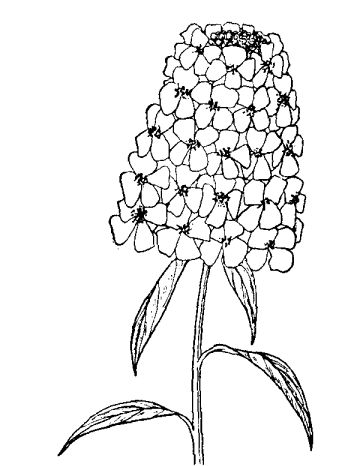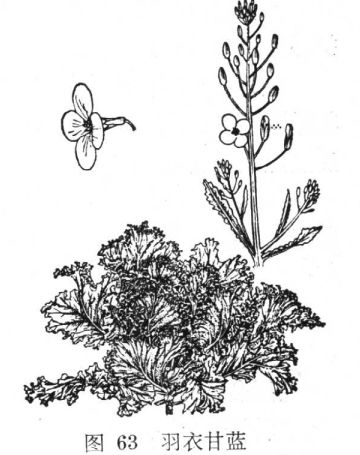Cultivation and planting techniques of Fragrance Quji Flower
[family genus] Cruciferae, flexion flower genus.
[form] Annual erect herbs, much branched, 15-30 cm tall, pilose. Leaves opposite, oblanceolate to spatulate, 3mm long, apex obtuse, with a few large and irregular obtuse teeth. The flowers are white and fragrant. There are 4 petals and 2 petals outside. Florescence 5m / m-June. Flowers gather to form terminal globose Cymes, but soon elongate, resulting in racemes 5-15 cm long. The base of short siliques is subrounded, the seeds are flattened, and the weight of 1000 seeds is 2.6 grams.
[varieties, forms and varieties] there are large flower species and dwarf species, about 15 cm high, with round clusters.
[Origin and distribution] originated from Western Europe.
[habit] more cold-resistant, avoid hot, like to Yang, good drainage garden soil.
[propagation] it was sown in pot at the beginning of September in autumn, and the optimum temperature for germination was 20 ℃.
[cultivation] after the cotyledons of the seedlings were unfolded, they were transplanted once in a collapsed basin, then they were transferred to a 3-inch basin, and then turned to a 5-inch basin to overwinter in a cold bed. They were planted on the ground in late March next spring, with a distance of 30 cm. Extensive management.
The mature period of pod is irregular, so it is suitable to harvest the whole mature inflorescence in fractions. Be careful not to expose the fruit to the sun too much, otherwise it is easy to lose its germinating power.
[use] it is suitable for flower beds, flower border materials, or potted plants. Dwarf species are especially suitable for marginal materials. (this article is excerpted from the whole book "Rural farming")
[attached: other flowers of the same genus] Umbrella-shaped flexion flowers: higher than the previous species, up to 60 Murray 80 cm. Leaves obliquely lanceolate, apex acute, entire, sometimes with several small shallow teeth. Flowers from nearly white, pink, attack red to different shades of reddish purple, no fragrance. Terminal umbel, not elongated in fruit. Native to southern Europe, there are dwarf species.

- Prev

Cultivation and planting techniques of Violet
[alias] Osmanthus fragrans, grass violets. Cruciferae, Violet. [morphology] Subshrubby biennial herbs, stem base lignified, erect, sometimes branched, plant height 30-50 cm, whole plant gray stellate pilose. Leaves alternate, rectangular orbicular or oblanceolate, apex obtuse
- Next

Cultivation and planting techniques of kale
[alias] leaf peony, peony, cauliflower. Cruciferae, cabbage. [morphology] biennial overwintering herbs, plant height 30 Mel 40 cm (even inflorescences up to 120 cm), erect unbranched, stem base Lignification. Leaf moment round-Obovate, broad, up to 20 cm long, covered with frost
Related
- Fuxing push coffee new agricultural production and marketing class: lack of small-scale processing plants
- Jujube rice field leisure farm deep ploughing Yilan for five years to create a space for organic food and play
- Nongyu Farm-A trial of organic papaya for brave women with advanced technology
- Four points for attention in the prevention and control of diseases and insect pests of edible fungi
- How to add nutrient solution to Edible Fungi
- Is there any good way to control edible fungus mites?
- Open Inoculation Technology of Edible Fungi
- Is there any clever way to use fertilizer for edible fungus in winter?
- What agents are used to kill the pathogens of edible fungi in the mushroom shed?
- Rapid drying of Edible Fungi

